Israelis tend to take their history seriously, and it is not unusual for students to assist archaeologists to excavating, for example, the remains of a Jewish settlement dating to the Second Temple period. A group of Jerusalem high school students were searching the past to help finance their future. In an effort to raise funds for a Holocaust-studies youth delegation trip to Poland, 240 eleventh graders from Boyer High School left the confines of their classrooms to unearth relics from the Bar Kokhba Revolt, led by Simon Bar-Kochba, between 132 and 136 CE.
The Bar Kokhba Revolt is known as the Third Jewish Revolt – the final of three Jewish uprisings against the Romans due to religious and political persecution. It is estimated that many thousands of Jews died during the revolt, resulting in a massive depopulation of the communities inhabiting the Judean Hills. The excavations are being carried out with funding provided by the Construction and Housing Ministry in cooperation with the Israel Antiquities Authority prior to the construction of a new residential neighborhood in Ramat Beit Shemesh.
Students excavated remains of a Jewish settlement dating to the Second Temple period, including eight ritual baths, rock-hewn installations, and numerous underground hiding refugees from the time of Bar Kokhba Revolt. According to Sarah Hirshberg, Shua Kisilevitz and Sarah Levevi-Eilat, excavation directors on behalf of the Authority, the ancient settlement incorporated private ritual baths into residential quarters.
“Each household had its own ritual bath and a cistern,” she said. “Some of the baths uncovered are simple, and others are more complex and include an otzar, or collection basin, into which the rainwater would drain.” Hirshberg continued: “It is interesting to note that the local inhabitants adhered strictly to the rules regarding purity and impurity.”
Underneath the dwellings and rock-hewn installations, the students and archeologists discovered a “winding labyrinth” of hiding refuges connected to sophisticated and elaborate complexes. The Bar Kokhba Revolt was a populist uprising and many zealots fought to the bitter end.
“In some of the underground complexes, the rebels breached a cistern to provide those in hiding with access to water,” explained Kisilevitz. “One of the caves also yielded intact ceramic jars and cooking pots that were probably used by the rebels. The finds show that the settlement continued to exist even after the destruction of Jerusalem in 70 CE.”
Construction and Housing Minister Yoav Galant noted the importance of the students learning first-hand about their history.
“The past and present are coming together in a city that has known division, and now lives in harmony,” said Galant. “There is nothing more positive than the fact that students learning about the attempts to annihilate their people are involved in strengthening our ties with Israel, and remembering the generations of the past.”
IAA director Israel Hasson said the Authority is also working with the Education Ministry to help defray travel costs for the student delegation, which is utilized to raise awareness of Jewish history, and “strengthen values of commitment and mutual responsibility.”
“As part of the Israel Antiquities Authority’s activities aimed at making young people more aware of their roots, in cooperation with the Education Ministry, we invite schools to participate in the excavations, and in this way significantly reduce the travel costs,” said Hasson. “As well as learning about their heritage, the students are already learning valuable lessons about giving and mutual responsibility in Israel.”
Indeed, Dudi Shokef, director of the Poland delegation’s program for the Education Ministry, noted that the excavations can help forge an emotional connection with the past, while also engendering a sense of belonging, as well as awareness of the importance of preserving antiquities.
“The aim of this initiative is to impart the heritage of the past to Israeli students by integrating them into a valuable educational project, such as excavating an archaeological site,” said Shokef.
The principal of Boyer High School, Dafna Menashe Baruch, also said the project helps the students meaningfully connect with Israel prior to their sojourn to Poland, where they will visit death camps.
“By stepping outside the classroom and working in the field on an archaeological dig, students are exposed to many different worlds of knowledge,” said Baruch. “In addition to working with their hands, they get to know about a fascinating field of research.” Baruch continued: “This is a great privilege and an unforgettable experience, and we are full of appreciation and thanks to the staff of the Israel Antiquities Authority and to its director for initiating this valuable educational program that connects the past with the present.”
Shelly Kozlovich, a student at the school, described the experience as “closing a circle.” “It’s fantastic that we, Israeli students in the 21st century, are getting the opportunity to find out about the country, and are unearthing a Jewish settlement from 2,000 years ago with our own hands,” said Kozlovich. “With the money, we’re making, we’ll pay for our trip to Poland, and learn there about the Holocaust – an event that had a huge influence on Israel’s establishment. It’s a great way of closing a circle.”
Original Source: Jerusalem Post


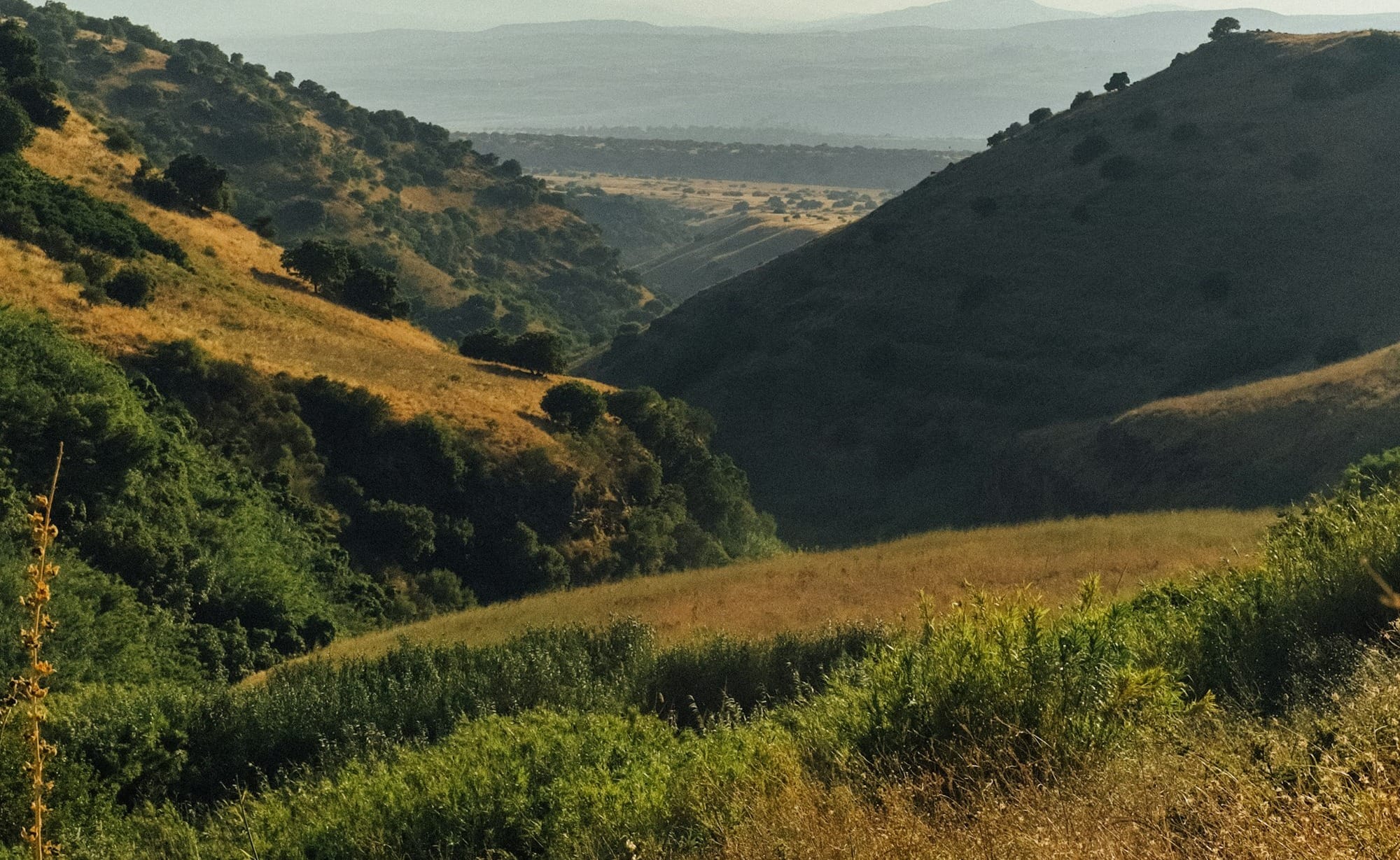
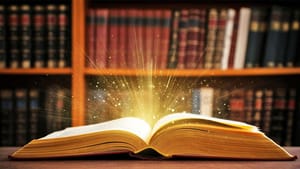

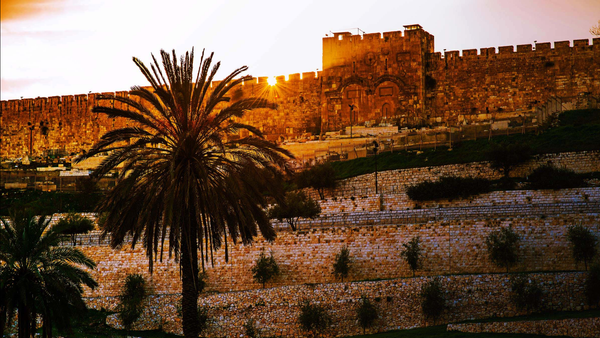

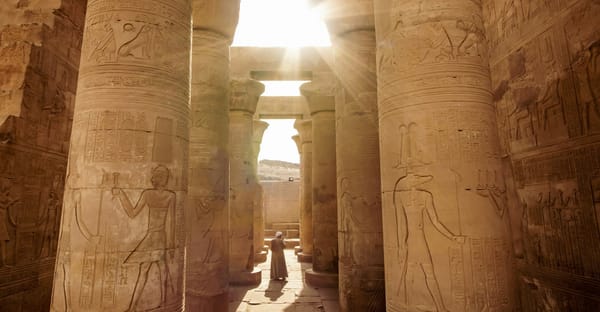
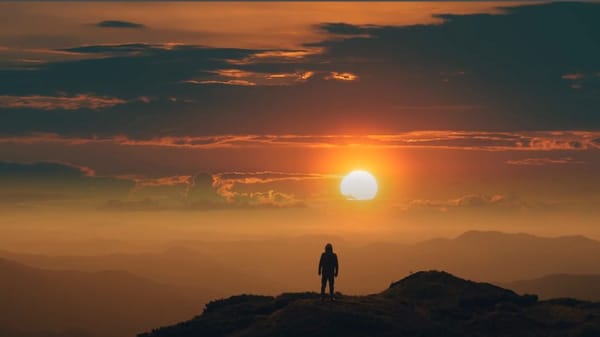
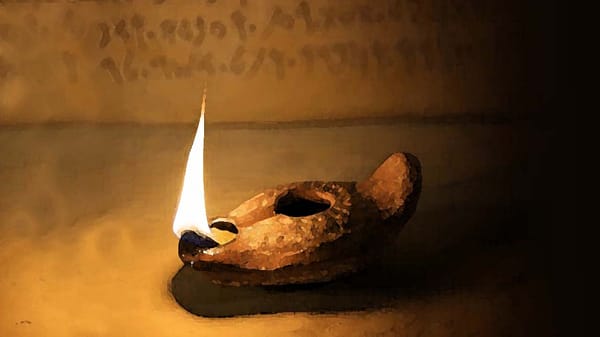
Member discussion